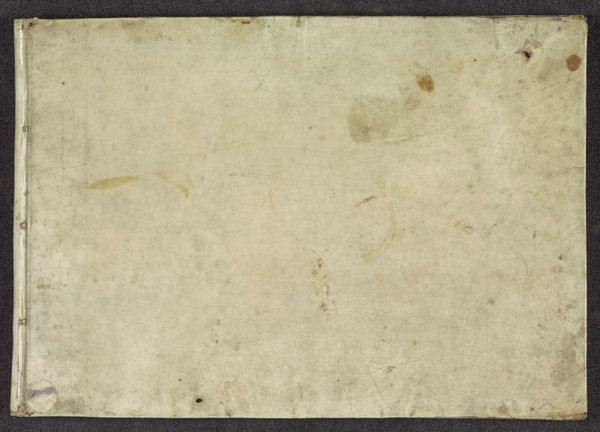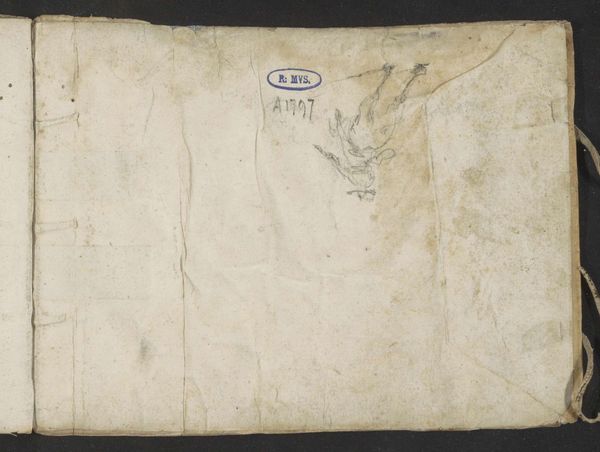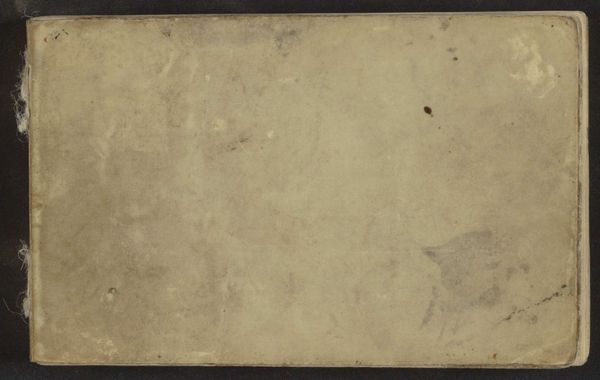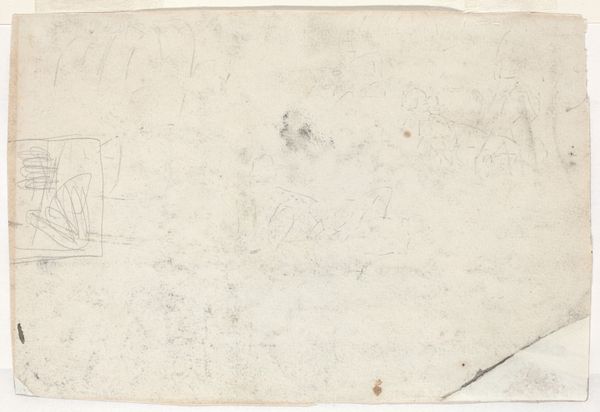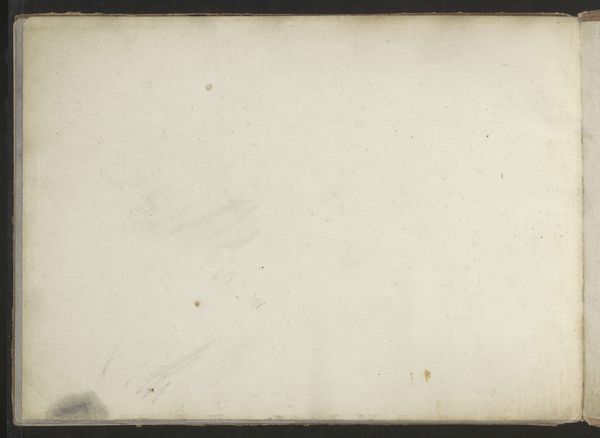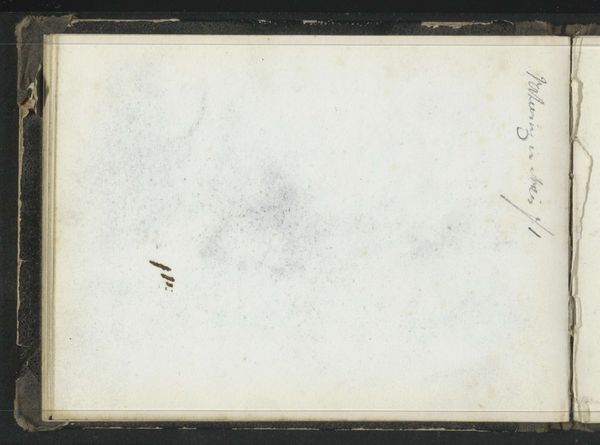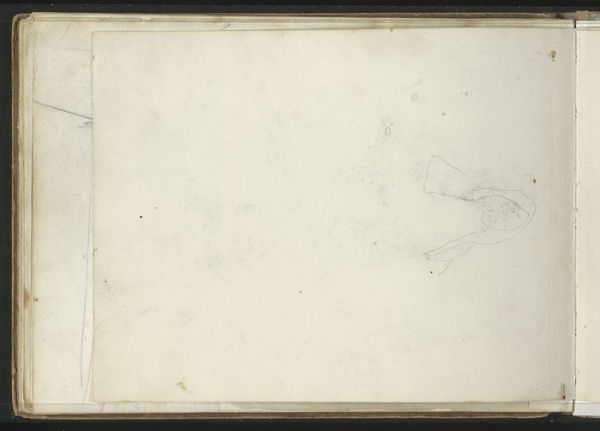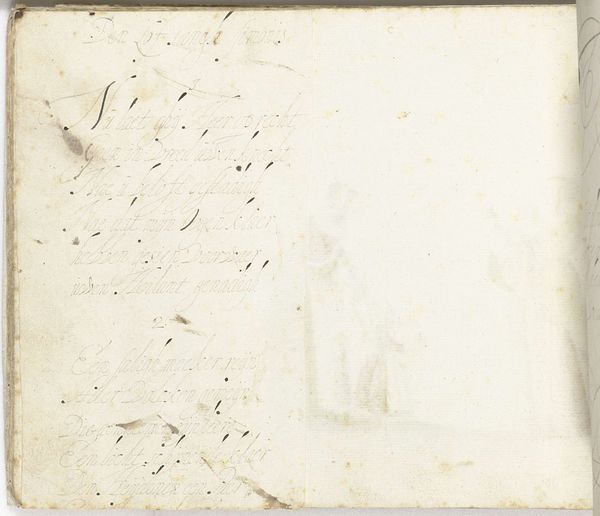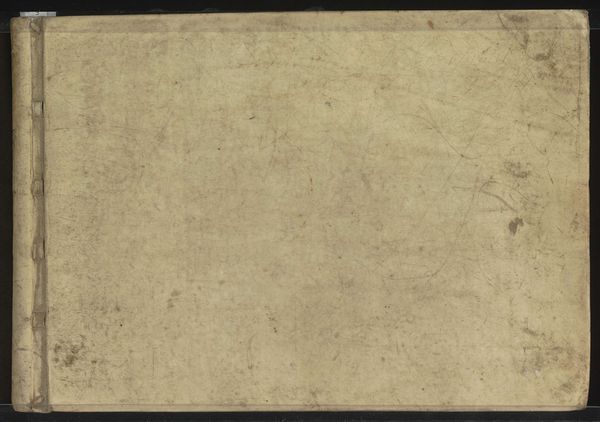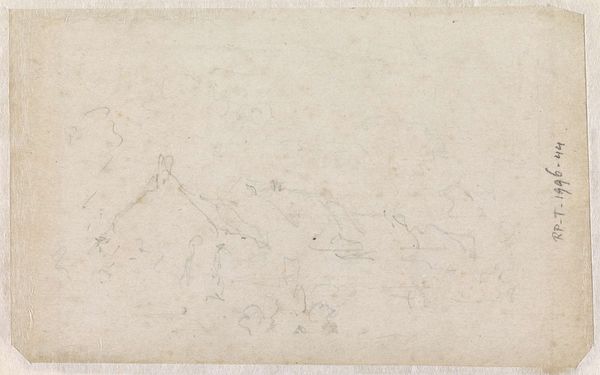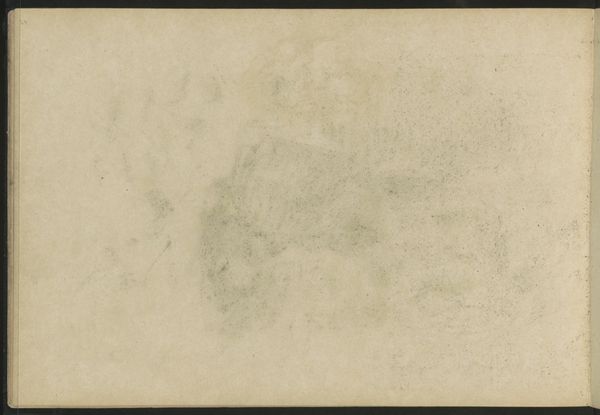
drawing, paper, pencil
#
drawing
#
dutch-golden-age
#
sketch book
#
figuration
#
paper
#
sketch
#
pencil
#
line
#
genre-painting
Copyright: Rijks Museum: Open Domain
Editor: Here we have "Galopperende ruiters," or "Galloping Riders," a pencil drawing on paper by Gerard ter Borch II from around 1631 to 1635. It’s part of a sketchbook. It almost feels ghostly, ephemeral. What catches your eye, what do you see in this image? Curator: The lightness, the seeming incompleteness, is exactly where its power lies. Think about the horse and rider as an archetype, representing power, conquest, even the flow of time. But here, these traditionally potent symbols are rendered with a delicate touch, aren't they? They’re fading, almost like a memory. Editor: I hadn't thought about the horse and rider as symbols, especially because of the sketchy quality. Is that intentional? Curator: I believe so. Consider the Dutch Golden Age context. While there was prosperity, there was also a deep awareness of transience, mortality. These sketches may be referencing the ever-present tension. Look at how the pencil strokes create movement, a sense of urgency. Yet the figures are barely there, suggesting impermanence. This resonates with the Vanitas tradition in painting. Editor: So the sketchiness isn't just a technique, but also a symbolic choice? A conscious representation of fragility? Curator: Precisely. Think about the cultural memory embedded within images of riders: warfare, nobility, journeys. Borch captures a whisper of these associations but deliberately undermines their grandeur, inviting us to contemplate what endures, or rather, what does *not*. Does seeing the work as intentionally impermanent affect your experience of it? Editor: Absolutely. It’s like the drawing itself is echoing the fleeting nature of the subject matter, the riders and their time. I see that fragility now, in a different light. Curator: Indeed. It prompts us to consider the complex relationship between symbol, representation, and our own fleeting existence. A modest drawing, perhaps, yet profoundly evocative.
Comments
No comments
Be the first to comment and join the conversation on the ultimate creative platform.
